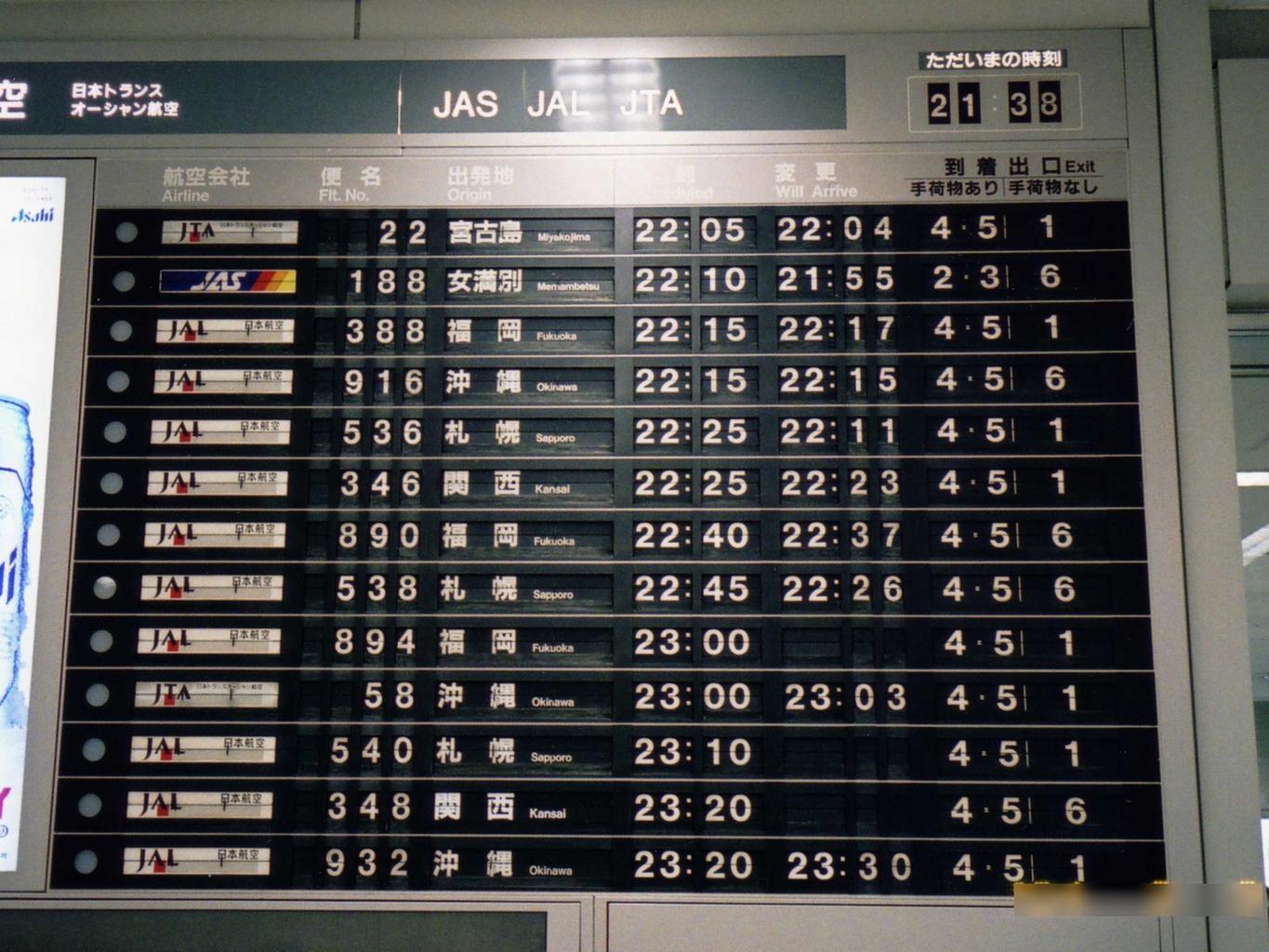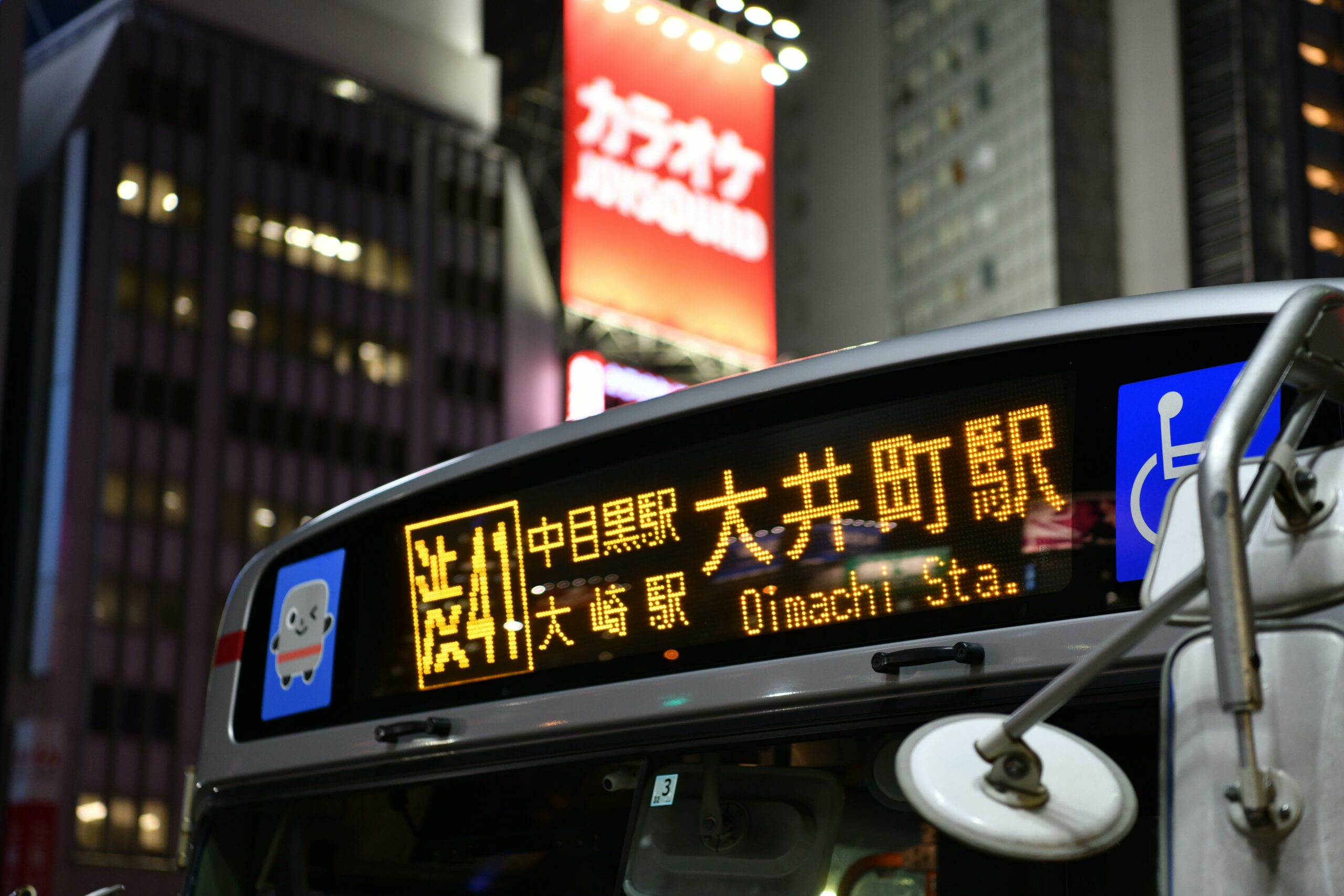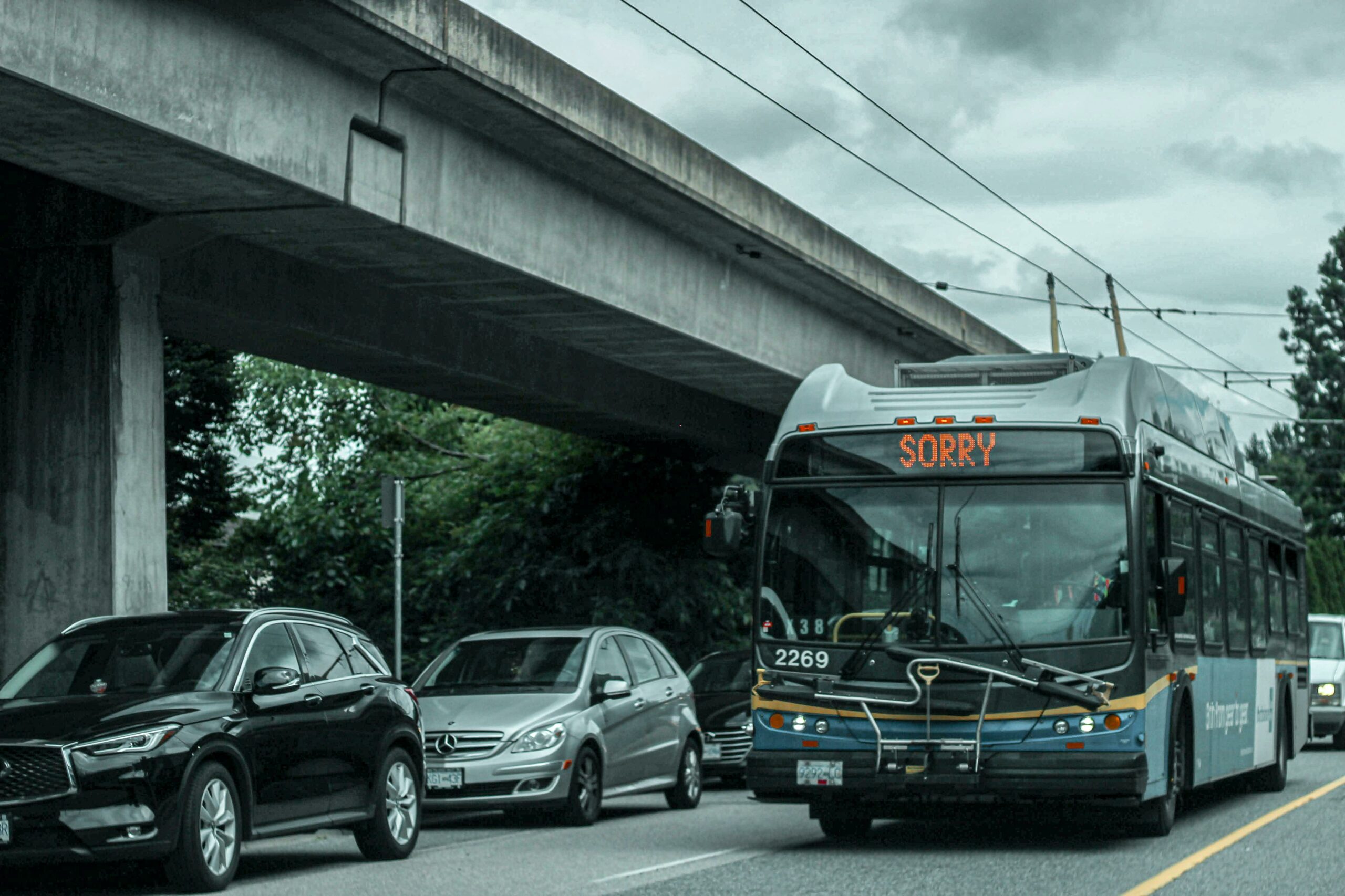From paper signs to LEDS: how digital passenger information displays are revolutionising public transport
When public transport is unpredictable, information becomes its saving grace. An informed traveller is very often a happy traveller. The frustration felt over service disruptions and cancelled journeys is all too familiar, especially the moment when that little push notification appears on your phone to tell you your journey won’t be going as planned.
But there was a time when we weren’t notified so quickly. When updates were done manually and locally, so you weren’t aware your journey had changed until you arrived at your bus stop or train station. Thanks to digitalisation, this is no longer the case. Passenger information systems have leapt from static displays and manual announcements to real-time updates and personalised information.
Passenger information display systems (PIDS) were once mere paper signs and wooden blocks before they became mechanically operated. Information was displayed on wooden boards or paper and they had to be manually changed every time new information came in, which was a poor use of time, money, and resources. All of this changed with the invention of the split-flap board.
Even if you haven’t heard of the term split-flap, there’s a high chance you know what it is. It’s that vintage-looking black board with numbers and letters painted in white on individual flaps and it makes a wonderful clacking sound when these flaps flip over.

The split-flap board, also known as the Solari board, was created by the Solari di Udine company in Italy in 1725. Alongside designer Gino Valle, they developed a sign that would tell the time using flaps. Each flap had numbers painted on it and they would flip over as the time changed. Eventually, the Solari di Udine company collaborated with John Meyer, a Belgian inventor, to create a 40-flap board that would display both letters and numbers. This allowed bus stations, railway stations and airports to display both departures and arrivals.
These days, the split-flap board is more of a timeless piece of décor, as passenger information display systems have been digitalised and feature LEDs to display their messaging.
Staying Informed
LED PIDS is one of the many ways passenger information has undergone digital transformation. The digitalisation of PIDS ensures fast, up-to-date information and the integration of this information with mobile applications has changed the passenger experience for the better. Commuters now access real-time information on their smartphones and plan their journeys in advance, staying updated as they go. This means that if a change occurs to one or more of their journeys, they can adapt and find an alternative route where possible. With digital PIDS, more can be communicated than simply a delay or a cancellation of a journey. Passengers often expect explanations as to why their journey is delayed or disrupted, whether it’s an obstruction on the tracks or a broken-down bus. Digital displays allow for that information to be communicated quickly and efficiently, effectively nurturing relationships between travel companies and their users. Additionally, these interfaces can include information about weather forecasts, enabling real-time responses to changing conditions, keeping passengers all the more informed throughout their journey.
Accessibility and inclusivity
With digital passenger information display systems, information is no longer limited to letters and numbers. PIDS panels have hundreds of LEDs that allow virtually anything to be displayed on their screens. These systems also allow for adjustable font sizes, colours, and languages, bringing accessibility and inclusivity to the forefront of passenger information.

Advertising potential
LED displays also allow for additional revenue for transport systems and local businesses. Transport systems can sell space on their displays to local businesses, giving them the opportunity to attract the hundreds and thousands of commuters using public transport on a daily basis. The rapidly changing displays means there’s ample room and time for multiple adverts and offers alongside the all-important passenger information.
Injecting personality into public transport

Commuting is a tiresome part of a worker’s day and many transport companies are looking for more and more ways to connect with their users. Some transport companies have taken the approach of using playful messaging to do this. The Big Lemon buses, who call themselves “friendly and affordable bus and coach services” are a fine example of this as they use their PIDS to live up to their slogan. They are known up and down the country for allowing their bus drivers to display playful messages that showcase a little of their own personality. In an article by The Argus, The Big Lemon CEO Tom Druitt, said this “The main aim is to have a nice day, enjoy the job, and give the passengers a good time.”
Another of our nation’s favourite examples of this is when a bus that was being used as a rail replacement service displayed a graphic of a train on their PIDS alongside the message:
“RAIL REPLACEMENT
I’M A TRAIN CHOO CHOO”
And the potential for this is endless. Words aren’t the only means of communication that can be displayed, these PIDS can feature images, too. It’s a common sight in the UK for buses to display a cheerful Christmas message with a little Christmas tree graphic during the festive season. A display system with high-resolution gives transport companies a blank canvas to display virtually any image they wish and make an impression on their users. And it works, because combining information with motion and imagery quickly catches the customer’s eye.
The digitalisation of PIDS benefits the transport system as a whole, but it needs to be reliable. As our cities grow and the demand for urban mobility increases, efficient and reliable passenger information is crucial. While digitalising PIDS offers a way to meet these evolving demands, it also runs the risk of system failures and power-outages, especially when operating outdoors in fluctuating weather conditions. One PIDS panel could have up to a hundred LEDs inside it, and it only takes one of these LEDS to stop working for the information to be unclear, so they must be monitored constantly, especially during production and testing. This could be done manually, but that would be a slow and laborious process. Scorpion Vision’s solution to this problem is a machine vision-based process for 100% panel inspection, capable of identifying any LEDs that do not illuminate, as well as checking the colour and intensity of illumination of those that do.
Read our case-study to find out how we did it.


